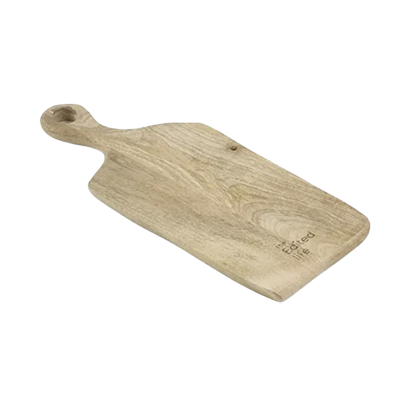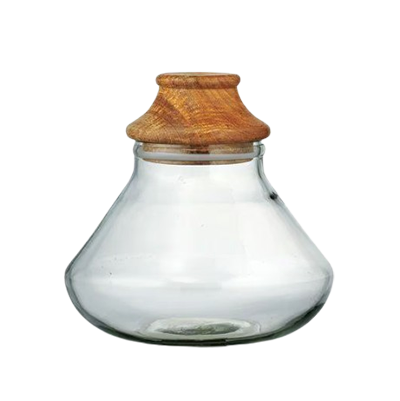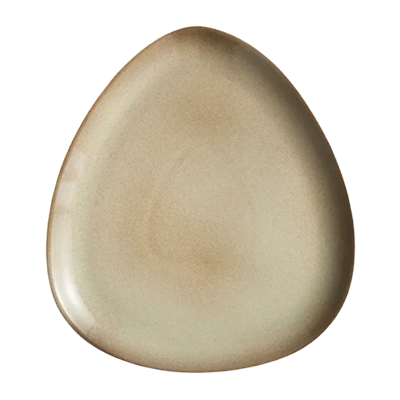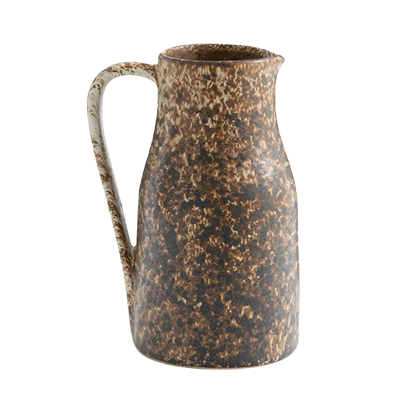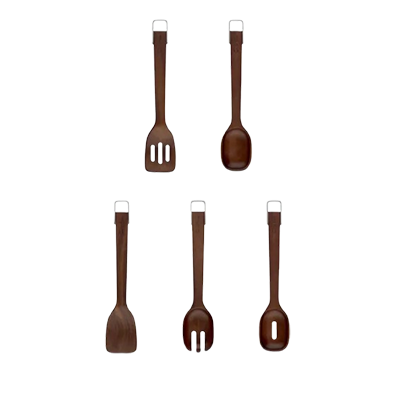Japandi and Wabi-Sabi are two of the biggest kitchen trends, but this is how to choose which one to try in 2026
Here's which is better - depending on your lifestyle

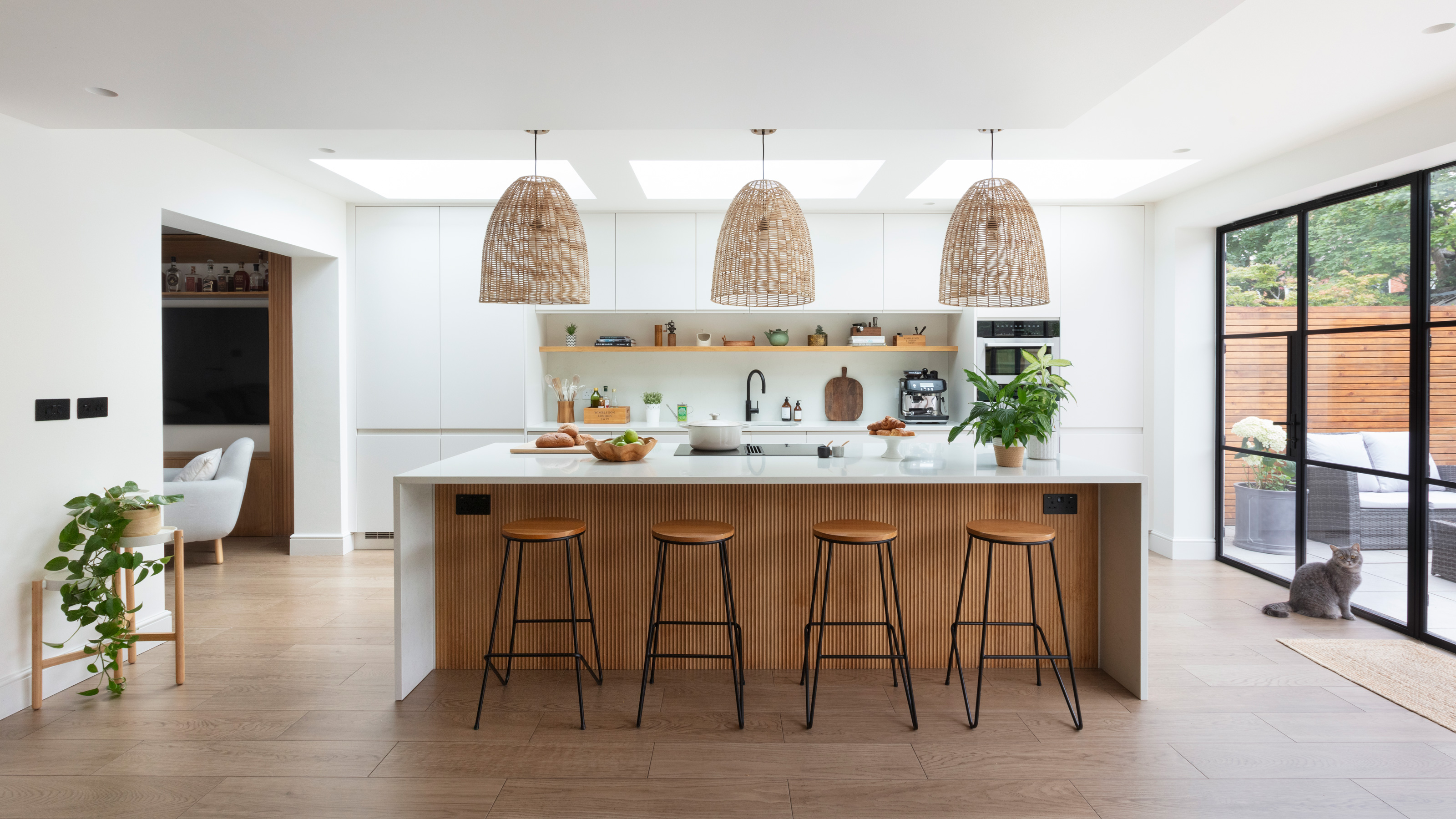
Warm wood tones, pared-back colour palettes and clean lines are all markers of some of the most popular kitchen trends as of late, but you'll be forgiven if you don't know exactly which trend these features refer to. Japandi and Wabi-Sabi kitchen ideas are two of the biggest decor trends, favoured for their simple yet warm designs, but what are the differences between them? And which should you take inspiration from?
In a kitchen, practicality and style are equally as important. Creating a space that functions seamlessly in everyday life but also aligns with your taste will make your kitchen feel like a place you actually want to spend time in. Laidback, minimal yet warm and inviting trends like Japandi and Wabi-Sabi are perfect for this.
I've asked the experts what differentiates the trends from one another and which you should choose for your kitchen.
Japandi kitchen trend
In the most simplistic sense, Japandi design is a combination of Japanese and Scandinavian influences. Both countries take on the ethos of minimal interiors that make living easy, focusing on function without completely doing away with style.
'Japandi is neat and purposeful, as it blends the minimalism of Japanese interiors with the clean functionality of Scandinavian design. In a Japandi kitchen, you’ll find soft, neutral colours, simple cabinetry, and a mix of light woods and black accents. Its design principles feel simplistic, minimalist and light,' explains Al Bruce, founder of Olive & Barr.
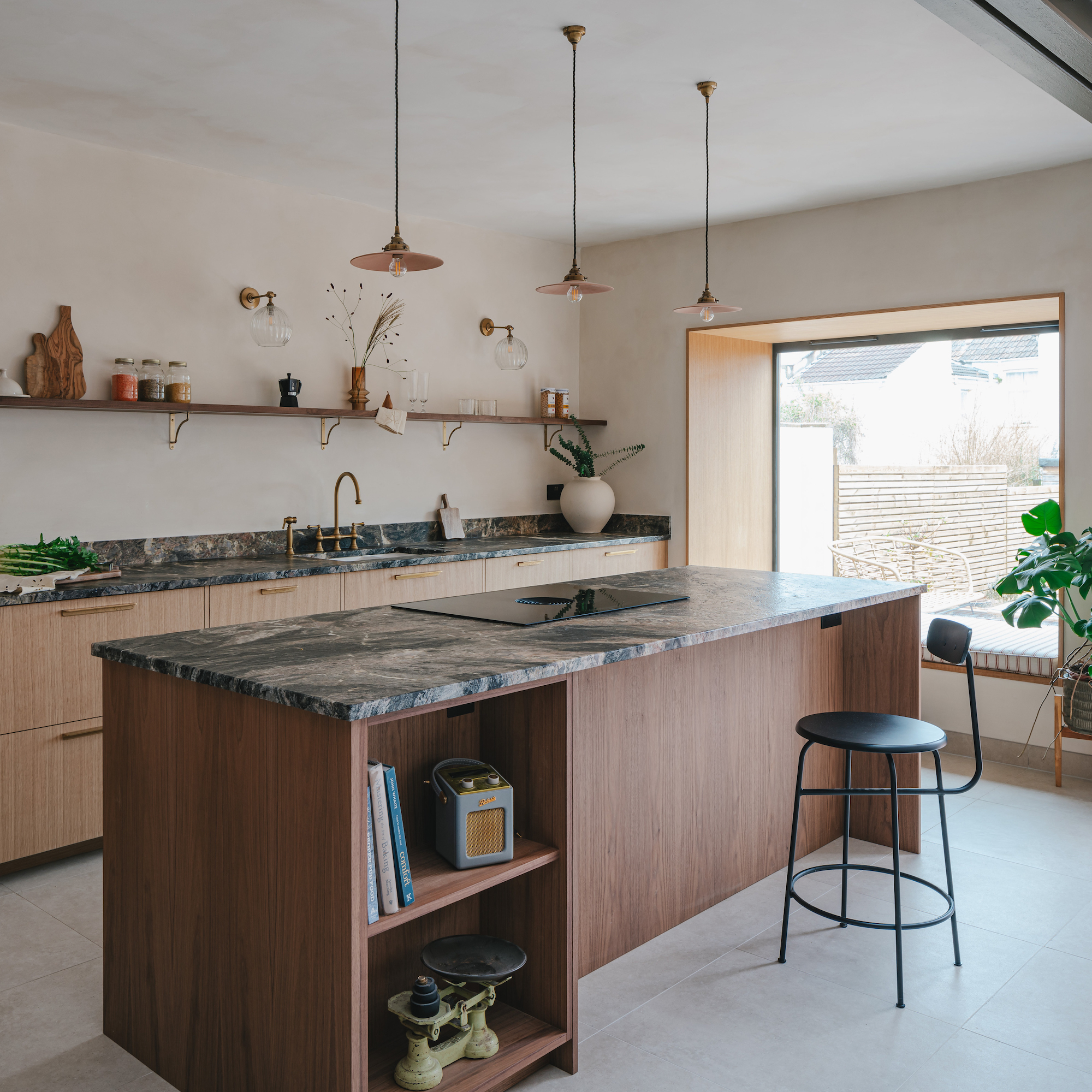
If you're into the Marie Kondo method and favour practicality in your designs, then Japandi might be the trend to take on. Kitchen storage ideas should be well hidden (think pull-out pantry ideas and back kitchens to keep mess away from plain sight) so that worktops are kept clear from clutter.
Cabinetry is simple in a Japandi kitchen, too. It's not as contemporary as handleless gloss cabinetry, but instead, Japandi cabinets will be simple slab doors in light oak tones or neutral hues.
Sign up to our newsletter for style inspiration, real homes, project and garden advice and shopping know-how
'Japandi blends Japanese minimalism with Scandinavian functionality, favouring clean-lined cabinetry, pale woods and hidden storage to create a serene, ordered space that feels effortless to live in. Everything has its place, and the design is quietly structured to support modern life without visual clutter,' explains Richard Davonport, managing director at Davonport.
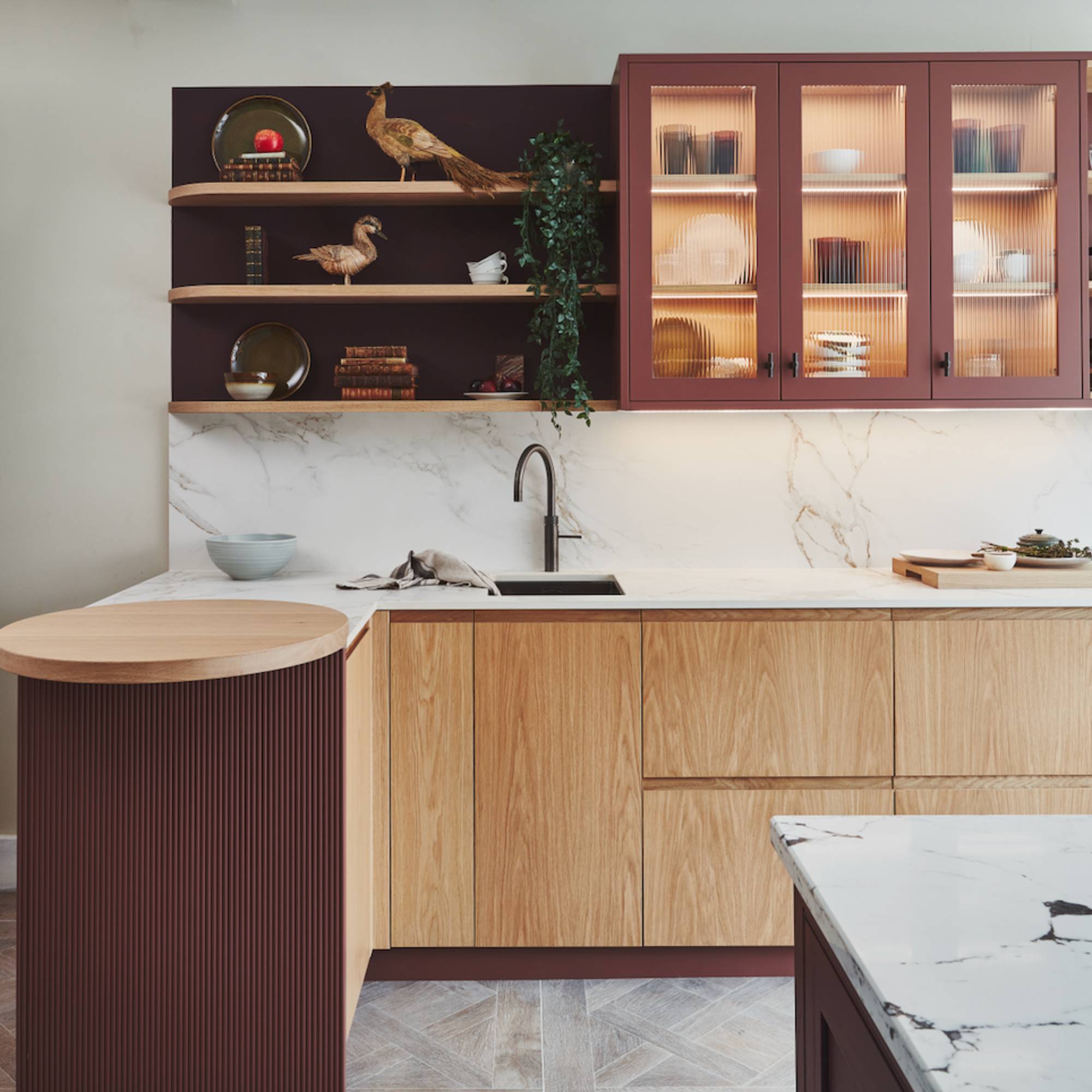
Japandi design works well in small kitchens to enhance the sense of space with bright, light interiors and a clutter-free ethos. It will inspire a calming approach to everyday life that is especially useful for decompressing after hectic days.
While a lack of 'stuff' is a core part of the Japandi trend, the use of pale woods contrasted with fuss-free black hardware is what will set the backdrop to a Japandi kitchen.
Wabi-Sabi kitchen trend
Wabi-Sabi, on the other hand, takes on a much more 'free' approach. If you're not the tidiest but still love minimalistic design, this might be the trend for you.
'Wabi-Sabi embraces imperfection, age, and simplicity. In the kitchen, you’d expect to see reclaimed timber surfaces, mismatched ceramics and antique glass. A Wabi-Sabi space should feel personal, warm and full of character,' explains Al Bruce.
In a Wabi-Sabi inspired kitchen, you will still see the same wood tones and tactile materials, but in darker shades and with more dramatic contrasts.
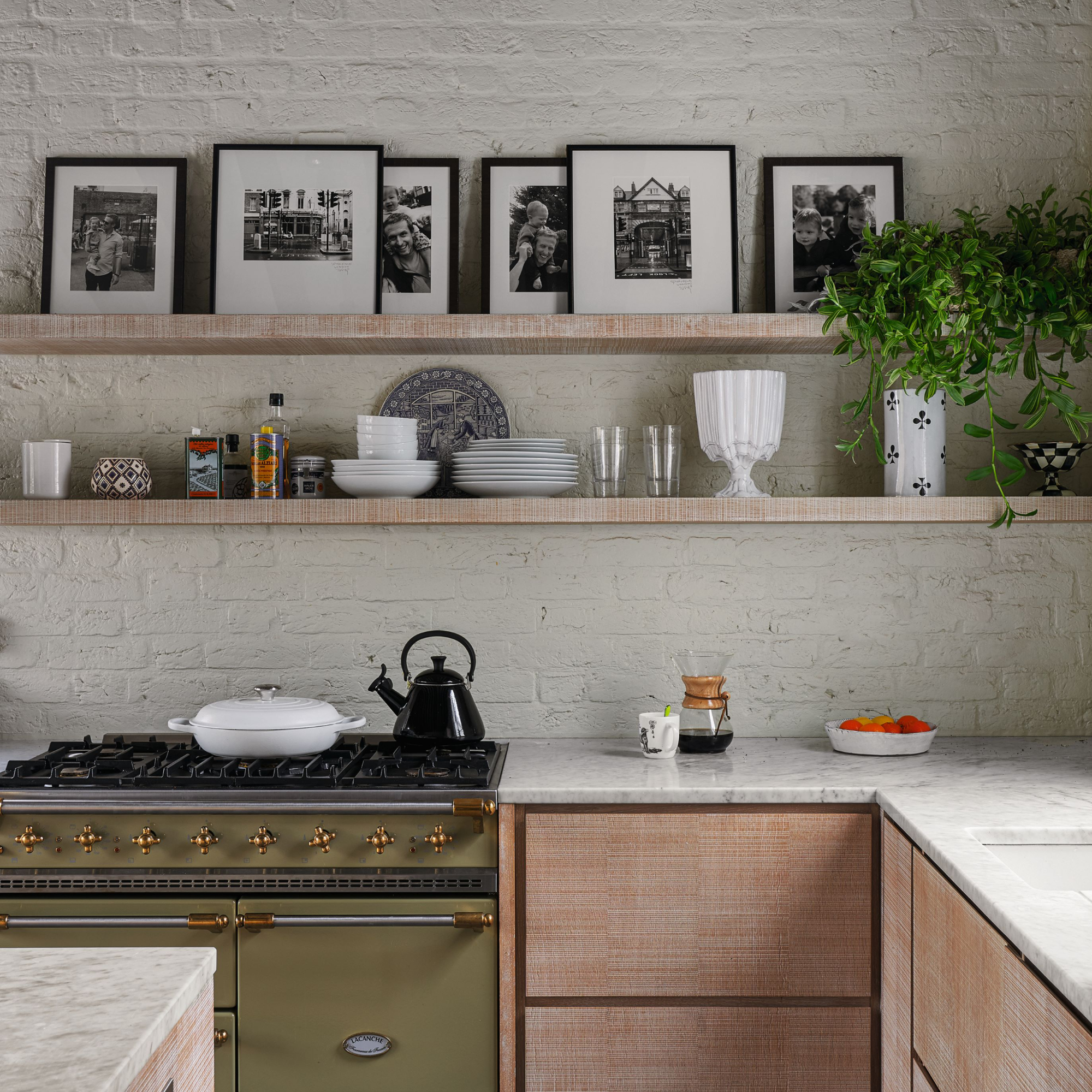
'To achieve this look at home, it’s best to let go of perfection. Use tactile, natural materials, mix old and new, and allow the space to age gracefully. Embracing the wear and tear will add that sense of character you’re trying to achieve,' Al adds.
Open shelving is a much more popular feature in a Wabi-Sabi kitchen, stacked full of everyday kitchenware and personal memorabilia. The focus is less on tidiness in this space and more about creating a lived-in look.
'Wabi-Sabi takes a looser, more organic approach. It celebrates imperfection, so you will see weathered timbers, stone with natural markings, handmade tiles and freestanding furniture that feels collected over time,' explains Richard Davonport.

Wabi-Sabi is a great trend to take inspiration of in a family home or a cottage-style space where eclecticism is favoured.
'It is a look that embraces patina and tactility, where open shelving and uneven finishes add character and soul,' Richard adds. 'Japandi is refined and intentional, Wabi-Sabi is softer and more forgiving, both create timeless kitchens that feel deeply connected to their surroundings, just with very different expressions of beauty.'
Which trend will suit your kitchen?
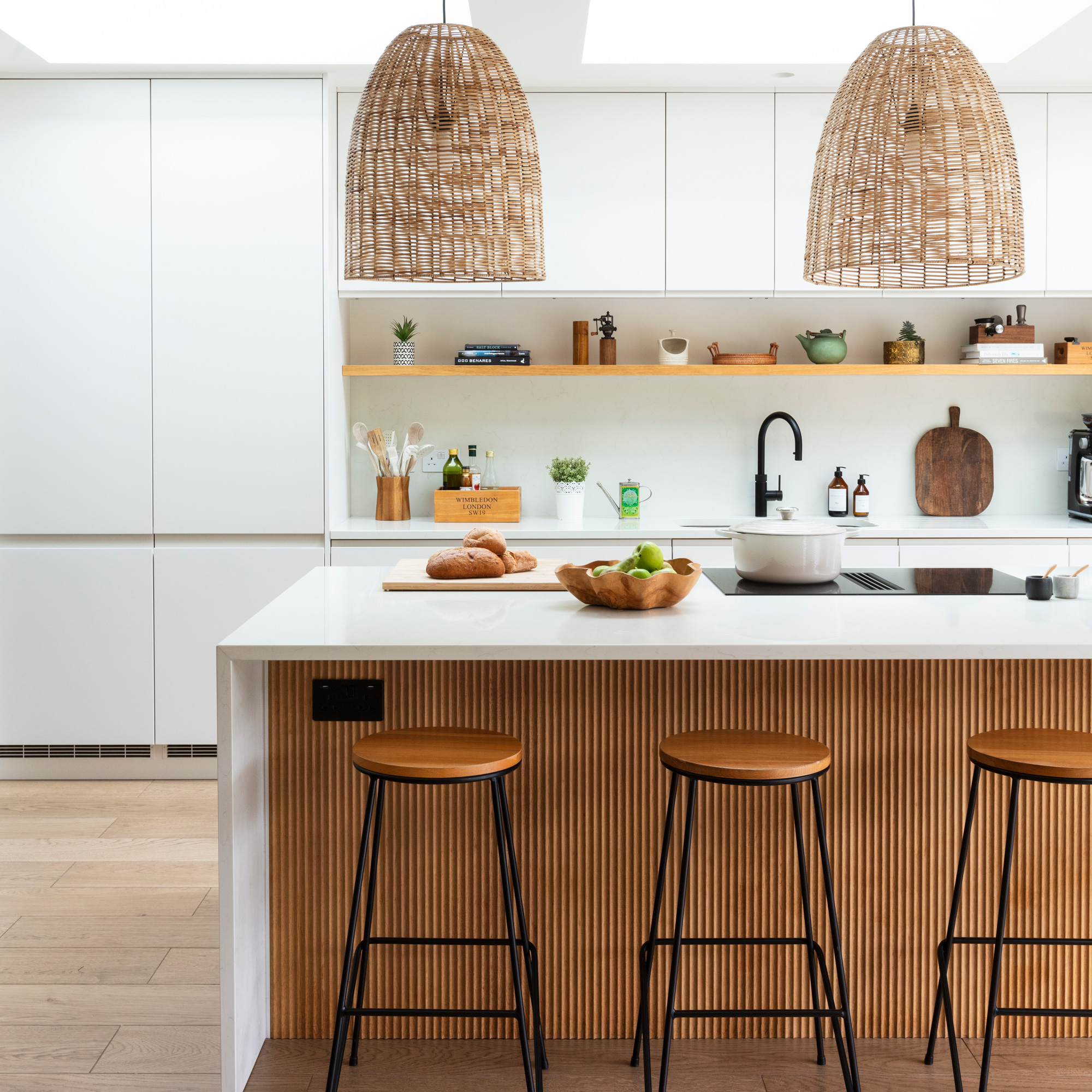
So, now we have a good foundation of knowledge on both trends, which is best?
This all comes down to your specific home and lifestyle. If you know you're not overly tidy and don't plan to be, Wabi-Sabi seems like a better suited trend to take inspiration from.
Japandi will work well for those who love super contemporary, minimal interior trends but want to warm the space up a little. All-white, super tidy spaces can sometimes look a little clinical, so Japandi style will be great at adding some texture and dimension.
If you prefer slightly moodier interiors and want your kitchen to feel like a cosy haven to hunker down in, try your hand at some Wabi-Sabi inspired features.
Both are perfect for those who love natural materials and minimal design, it just depends how pared-back you want to go.

After starting out her journey at Future as a Features Editor on Top Ten Reviews, Holly is now a Content Editor at Ideal Home, writing about the best interior ideas and news. At Top Ten Reviews, she focussed on TikTok viral cleaning hacks as well as how to take care of investment purchases such as lawn mowers, washing machines and vacuum cleaners. Prior to this, Holly was apart of the editorial team at Howdens which sparked her interest in interior design, and more specifically, kitchens (Shaker is her favourite!).
